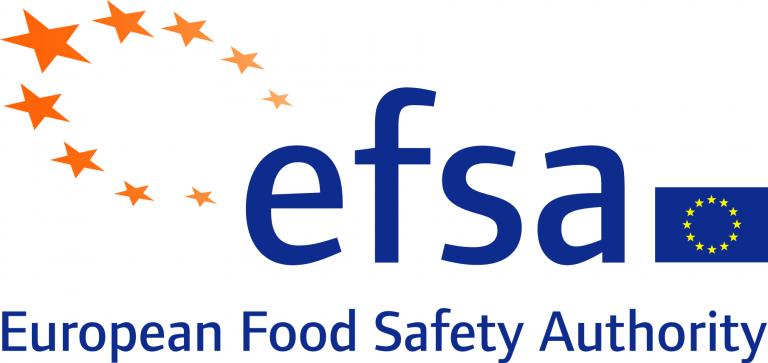EFSA Guidance on the Definition of the Residue for Dietary Risk Assessment
The EFSA Panel on Plant Protection Products and their Residues developed new guidance on identifying the pertinent residue components that should be considered for the dietary risk assessment (EFSA Journal 2016;14(12):4549). The guidance has been adopted in July 2016 but has not yet been voted by the Standing Committee on Plant, Animal, Food and Feed (SCoPAFF). Discussions on the topic at an international level are planned to insure that a consistent approach is taken. The topic was discussed in the November 2017 SCoPAFF meeting and was included in the agenda for the December 2017 SCoPAFF meeting for follow-up discussion. In the November meeting the Commission reiterated that neither Member States nor EFSA should make use of the Guidance Document before it becomes applicable. Minutes of the December meeting were not available at date of publication of this news.
Our experts at knoell will support you in implementing this new, quite complex, risk assessment process and keep you up-to-date with current regulatory developments. We can provide training via webinar and offer support with client-specific questions.
Genotoxicity assessment of all metabolites:
- QSAR application
- QSAR evaluation
- Read Across
- Testing strategy including study monitoring if required
General toxicity of relevant metabolites:
- Repeated dose effects
- DART effects
- Testing strategy including study monitoring if required
Outline
Requirements of Commission Regulation (EU) No 283/2013 in accordance with Regulation (EC) No 1107/2009 provide that the toxicological significance of compounds and their amount likely to be present should be considered when judging which compounds are to be included in the residue definition for risk assessment.
The new EFSA guidance developed by the Panel on Plant Protection Products and their Residues recommends to assess the genotoxic endpoints of all identified metabolites in a stepwise approach, followed by the assessment of other regulatory endpoints of toxicity, termed “general toxicity”. For every single metabolite, an inventory of toxicity complemented with dietary exposure information is generated. In-silico tools like the threshold of toxicological concern (TTC) approach, (quantitative) structure-activity relationship ((Q)SAR) and read across are applied in combination with available experimental data. The concepts of “potency” as a measure of the toxicity of compounds and the “toxicological burden” as an expression for the coverage of the toxicological hazard within the dietary risk assessment are introduced. Three case studies are reported in the guidance document to illustrate practical application of the assessment scheme.

